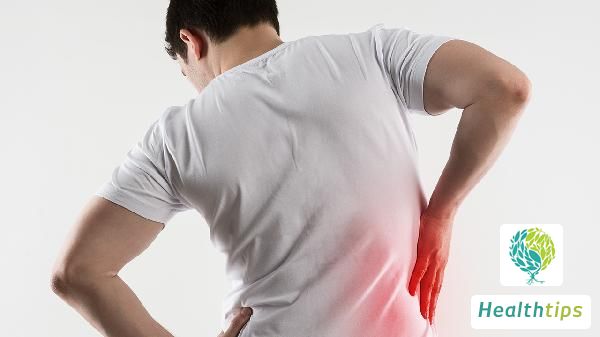What Should I Do if the Skin Next to My Nail Bed Starts to Peel?

The nail plate, commonly referred to as the nail, may experience skin peeling around it, which requires treatment based on the underlying cause. This peeling can be caused by various reasons such as dry skin, paronychia, hand tinea, eczema, and others. Appropriate management through skin care and medication is necessary to alleviate symptoms, and prompt consultation with a formal medical institution is recommended.
1. Dry Skin
Neglecting nail care can result in dry skin around the nails. Prolonged exposure to stimulating factors may lead to local peeling. Attention should be paid to local care, and hand cream can be applied to protect the nail area. When dealing with irritating substances, proper hand protection measures should be taken.
2. Paronychia
Improper nail trimming or lack of nail care can lead to bacterial infection. Under the stimulation of inflammation, symptoms such as local skin peeling, redness, swelling, and pain may occur. Topical antibiotics such as erythromycin ointment, fusidic acid cream, and tacrolimus ointment can be prescribed by a doctor to reduce inflammation and kill bacteria. Additionally, learning the correct way to trim nails is essential to avoid irritating the local skin.
3. Hand Tinea
Inadequate skin care of the hands can make them susceptible to fungal infections, resulting in symptoms such as peeling, itching, and erythema. Topical antifungal creams like miconazole nitrate cream, terbinafine hydrochloride cream, and clotrimazole cream can be prescribed by a doctor to treat these infections.
4. Eczema
Frequent exposure to allergic substances such as pollen and dust can trigger stress reactions in the skin, leading to symptoms like itching, redness, and severe peeling. Oral antihistamines like loratadine, ebastine, and cetirizine can be prescribed to reduce allergic reactions. Daily attention should be paid to hand care, avoiding further contact with irritating substances.
Other possible causes include pompholyx, which may be associated with ultraviolet exposure and mental stress. This condition can manifest as blisters, itching, and stinging sensations. Topical medications like pimecrolimus cream, triamcinolone acetonide cream, and mometasone furoate cream can be prescribed to reduce irritation. Avoid using harsh skincare products that may further irritate the skin.
If symptoms persist or worsen, it is important to seek prompt medical attention for diagnosis and treatment.



















